Leap Motion in the field of gesture recognition can be said to be famous. We have also mentioned it many times. When we mentioned him last time, it was used as a green leaf to support safflower (can keep up with the 20-year-old hand speed - Perceptive IO gesture tracking program), highlighting the recognition accuracy of Perceptive IO when both hands crossed.
However, you must know that when a company is always compared with other companies, it actually shows that he is already the industry benchmark. Since Leap Motion introduced a compact hand tracker in 2013, Leap Motion became a hit.
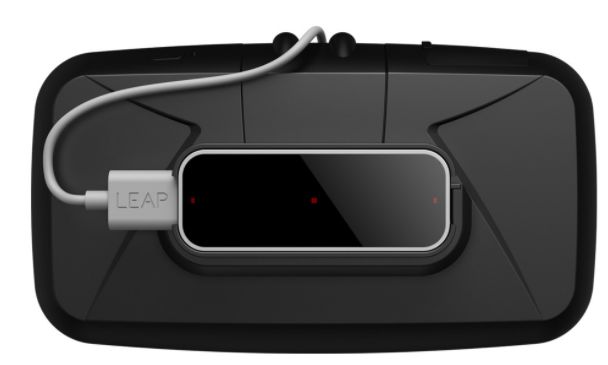
Gesture tracking has been favored since birth and is considered a new generation of human-computer interaction mode that replaces peripherals such as mouse and keyboard. So when Leap Motion produced this small and accurate hand tracking sensor, it triggered a boom. However, many years have passed, and this black technology that operates at a distance is still a geek's plaything. It does not go to the public.
PCs and smartphones have not been able to give gesture recognition space. The real stage should also be VR/AR. As of now, there are several VR/AR products that incorporate Leap Motion's hand tracking sensors. For instance, VRginners showed it some time ago. Already collaborating with Leap Motion to bring Leap Motion's gesture tracking solution into their VR headshots.
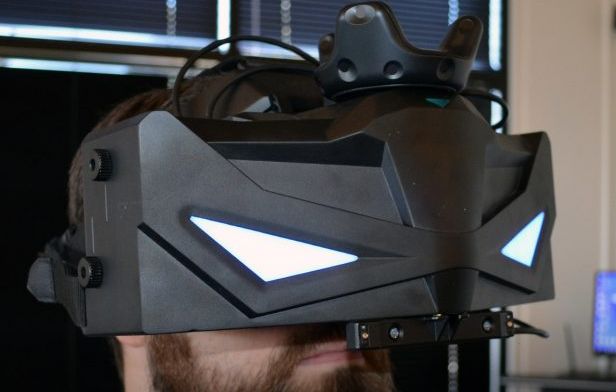
As I was amazed at this avant-garde styling, Leap Motion's restless gesture recognition solution company came with their more cool AR head concept.

Leap Motion's designers must have been a science fiction fan. The shape of the glasses they took was a look at the future.
However, it should be noted that Leap Motion did not change his business to heading. Their move was to issue an ambitious plan, Polaris AR Head Open Platform.

The Project North Star is not a consumer product, but an open source reference platform for Leap Motion's hardware and UX design, for manufacturers and designers.
The prototype of Leap Motion's custom optical solution includes two 3.5-inch LCD displays, each with a resolution of 1,600 x 1,440 pixels, a field of view of 95 degrees, and a width of 70 degrees. The integrated Leap Motion sensor tracks the entire 180-degree hand movement horizontally and vertically (can track hand movements at 150 frames per second).
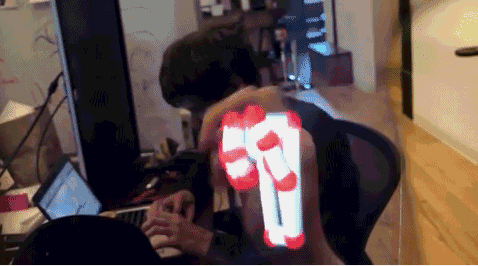
Leap Motion's focus is still on their gesture tracking program. They think that the hand is the best input device, so that they can interact with the virtual world in the most intuitive way without having to learn complicated interface and control tools.
Polaris plans to achieve this natural interaction with our hands through comprehensive precision tracking, allowing us to manipulate virtual objects just like objects in life.
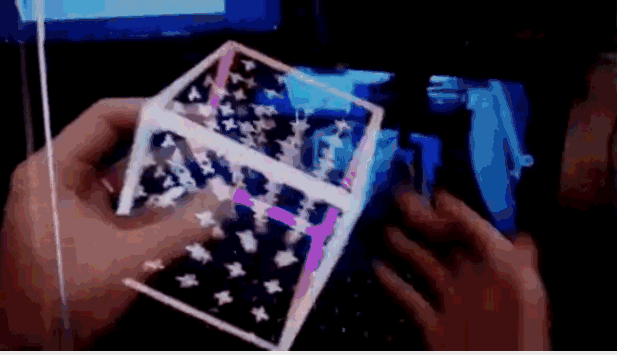
In current gesture recognition schemes, certain specified operations are often performed through the recognition of several specific gestures. But this will be very abstract and difficult to learn.
But if it is to interact with an "entity", then no matter how old or young, you can get started quickly. Just like a young child, he can grope for a while and complete the operation of his smartphone. So Leap Motion added "virtual wearable devices" to their head-up plans.
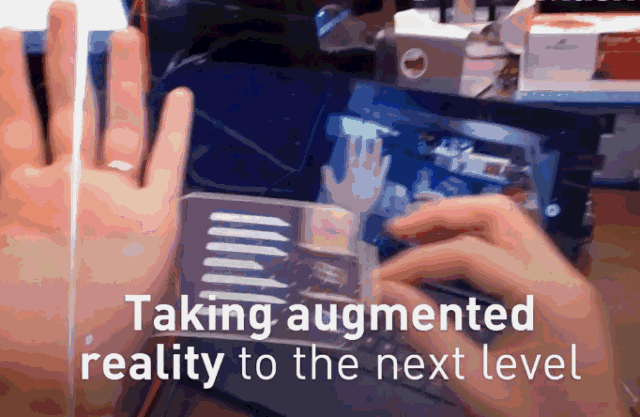
This is the so-called virtual wearable device, for example a side-pull menu connected to the hand, which rotates as the hand rotates.
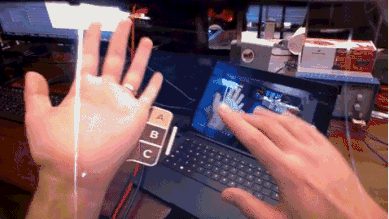
Slide or touch the keyboard to complete the input.

You can also add various types of virtual gadgets to the palm of your hand that look like a real screen or interface. Depending on the task, gadgets with different functions can be added, such as some for painting and some for photography. With the help of these virtual wearable devices, gestures are no longer meaningless operations that are vacant, and they are more interesting and easy to grasp in the operation of the operation objects.

The hand tracking sensor is centered directly above the head. With the help of this small box, we will be able to "blur the boundaries between numbers and reality."
Leap Motion has repeatedly stressed that they are not a head-mounted device company. As a complete augmented reality platform, Polaris hopes to inspire a new generation of AR system development and use open source to let everyone explore what the future AR should look like.
Solid-state capacitors / Motor starting capacitors
Solid - state capacitors are all called: solid - state Aluminum Electrolytic Capacitors.It with the ordinary capacitance (that is, the liquid aluminum electrolytic capacitors) the biggest difference is that use different dielectric material, liquid aluminum capacitor dielectric material as the electrolyte, and solid-state capacitor dielectric material is conductive polymer materials.Solid-state Capacitors / Motor Starting Capacitors
Solid-state capacitors / Motor starting capacitors,Solid-State Capacitors,Solid-State Small Size Capacitors,Solid-State Low Impedance Capacitors,Long Life Solid-State Capacitors
YANGZHOU POSITIONING TECH CO., LTD. , https://www.yzpst.com